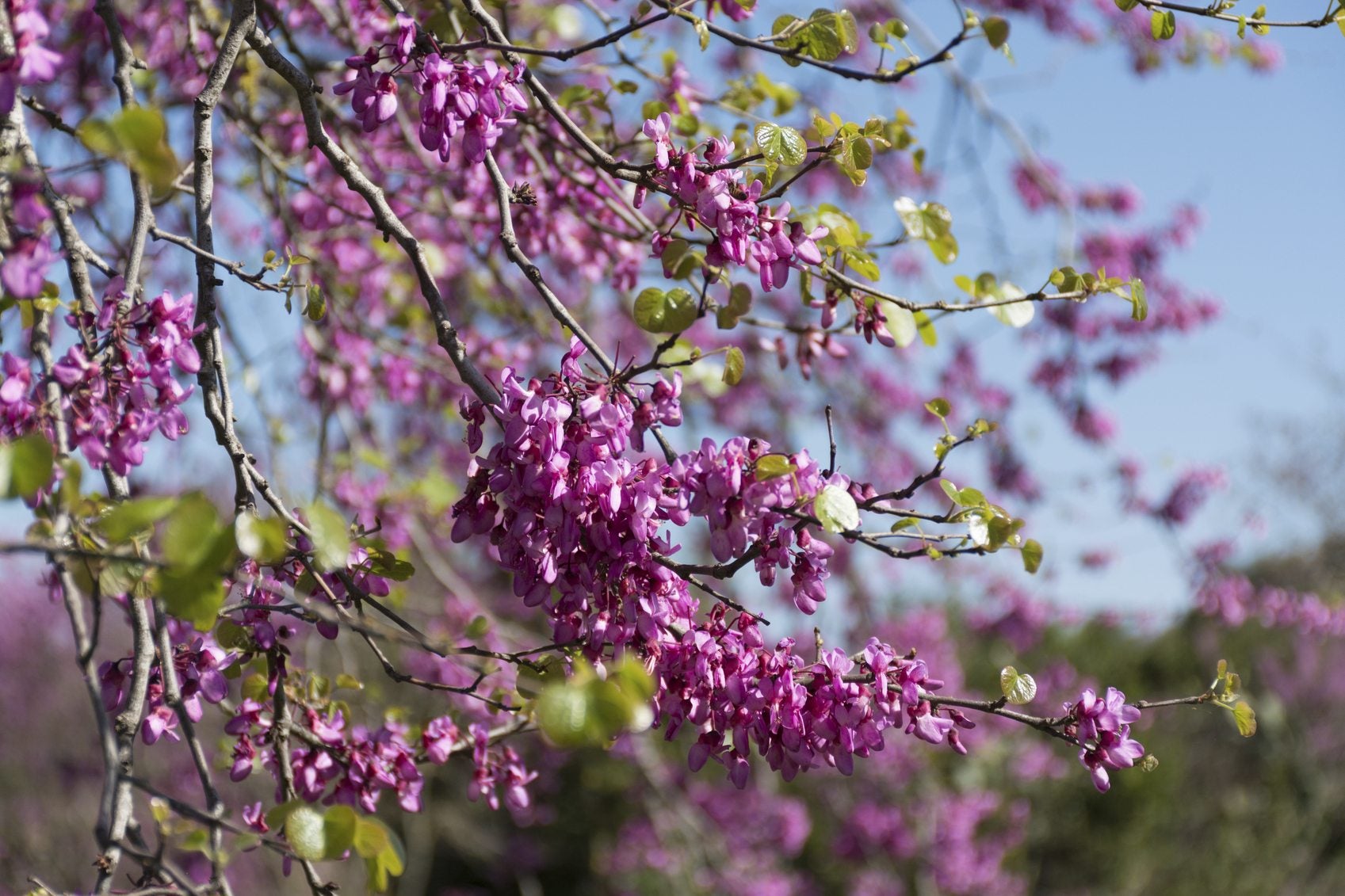Cutting Back Redbuds: How And When To Prune A Redbud Tree


Redbuds are lovely small trees for gardens and backyards. Pruning a redbud tree is essential to keeping the tree healthy and attractive. If you want to know how to prune redbud trees, read on.
Pruning a Redbud Tree
Gardeners trim back some species of trees to keep them looking their best. Other trees need pruning to maintain their vigor. Redbud tree pruning includes both objectives. You’ll want to start cutting back redbuds with your set of pruners, like the Felco F5 Hand Pruners from Amazon, when they are still saplings. By starting young, you can control their future branch development.
Vigorous to a fault, redbuds can start growing flowers from their trunks. They can also develop such abundant foliage that they lose their graceful shape and become almost as wide as they are tall. Appropriate redbud tree pruning eliminates the excess. Redbud tree pruning also helps to eliminate those branches with V-shaped branch crotches. Branches that join the trunk in narrowly angled junctions are weak. These crotches cannot support heavy branches and can break off in a strong wind. Branch breakage is one of the biggest causes of redbud tree death.
Last but not least, cutting back redwoods can prevent diseases from spreading. If a redbud gets verticillium wilt, for example, you’ll want to prune back dead and dying branches. It’s good practice to remove dead branches from a tree even if they are not diseased.
When to Prune a Redbud Tree
If you want to know when to prune a redbud tree, the optimal time to prune depends on the type of trimming you are undertaking. If you are cutting back redbud trees to shape them, make these cuts after the trees finish flowering but before they leaf out completely.
Don’t wait past mid-April. If you need to remove dead or diseased branches from the tree, don’t act in spring. When to prune a redbud tree in this way? Any branches are best removed during winter dormancy before blooms appear.
How to Prune Redbud Trees
You’ll want to start by sterilizing your pruners. Wipe the cutting edges with denatured alcohol. This is especially important if you are pruning out diseased limbs. Remove all branches with narrow crotches to make room for those with stronger connections to the trunk.
Sign up for the Gardening Know How newsletter today and receive a free copy of our e-book "How to Grow Delicious Tomatoes".
Branches connecting to the tree with U-shaped junctions will be able to support leaves and flowers. Prune out all dead and dying branches. Cut back broken branches as well. You may need to call on a pair of loppers, like these Fiskars Heavy Duty Loppers for tree trimming. Make these cuts at a leaf node above the break.

Teo Spengler is a master gardener and a docent at the San Francisco Botanical Garden, where she hosts public tours. She has studied horticulture and written about nature, trees, plants, and gardening for more than two decades, following a career as an attorney and legal writer. Her extended family includes some 30 houseplants and hundreds of outdoor plants, including 250 trees, which are her main passion. Spengler currently splits her life between San Francisco and the French Basque Country, though she was raised in Alaska, giving her experience of gardening in a range of climates.